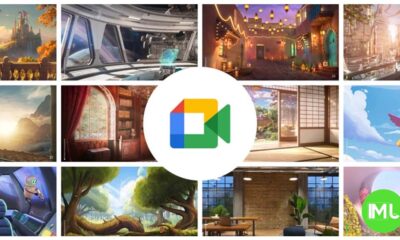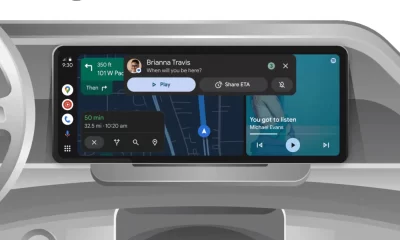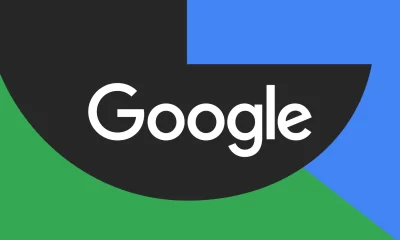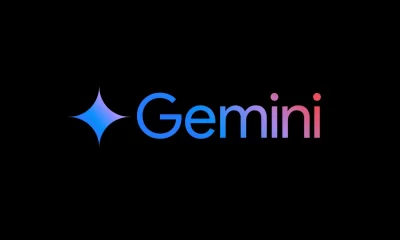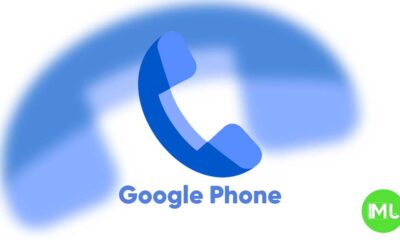AT&T won’t sell Pixel 9 Pro Fold: Google’s ongoing struggles with Pixel devices
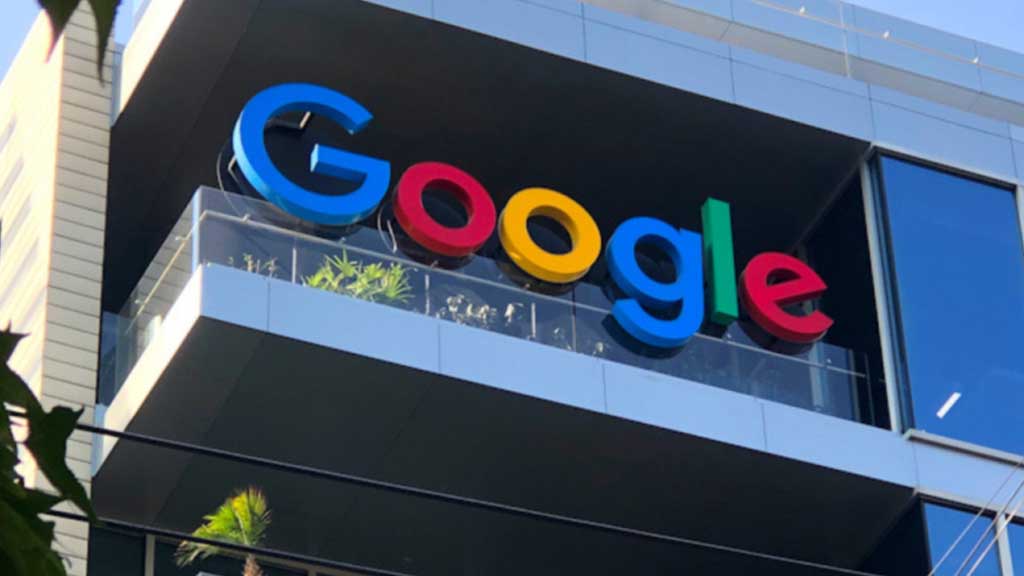
Top 3 Key Points:
- AT&T drops Pixel 9 Pro Fold: AT&T won’t offer Google’s Pixel 9 Pro Fold, which could impact Google’s sales in the U.S.
- Hardware challenges persist: Google’s Pixel series continues to struggle with hardware issues, despite improvements in AI and design.
- Questionable feature choices: Google faces criticism for inconsistent feature offerings and pricing strategies, particularly in global markets.
Google has recently introduced the Pixel 9 Pro Fold, their second-generation foldable phone. However, if you’re an AT&T customer eager to buy this new device, there’s some bad news. AT&T has confirmed that they will not be offering the Pixel 9 Pro Fold, a decision that could potentially hurt Google’s sales in the U.S. market. This is significant because AT&T is one of the largest carriers in the country, with nearly 72 million postpaid phone customers.
For many U.S. consumers, buying a phone through a carrier is the norm, as it often comes with attractive deals and promotions. While the original Pixel Fold was available through AT&T, the new Pixel 9 Pro Fold won’t be, although other Pixel 9 series devices, such as the Pixel 9, 9 Pro, 9 Pro XL, and Pixel Watch 3, will be offered by the carrier. It’s unclear whether AT&T will certify unlocked Pixel 9 Pro Fold devices for use on their network.
The Pixel 9 Pro Fold boasts several upgrades over its predecessor, including the powerful Tensor G4 chip, 16GB of RAM, and Google’s latest AI features. It’s also lighter and features larger displays, with a 6.3-inch cover screen and an 8-inch main screen. Despite AT&T’s decision, the Pixel 9 Pro Fold will still be available on Verizon and T-Mobile, with a starting price of $1,799 and a release date of September 4.
As a fan of Pixel phones, I appreciate their clean software and consistent camera performance, which often makes them my go-to device despite using various phones throughout the year. However, Google’s Pixel series isn’t without its flaws. Over the years, I’ve encountered several hardware issues, from screen problems on the Pixel 2 XL to random detachment of the volume rocker on the Pixel 7 Pro. These issues are more common with Pixels compared to other brands, raising concerns about the durability of these devices, especially now that Google is offering seven years of updates.
While Google’s focus on AI and software is commendable, the company still struggles with getting the basics right. Some of this can be attributed to hardware choices, such as using Samsung’s Exynos 2400 as the foundation for the Tensor G4 chip. Although Google doesn’t prioritize raw performance, the lack of effective thermal management in the Pixel 9 series makes them prone to overheating and throttling.
Moreover, Google has made some questionable decisions regarding feature availability across different markets. For instance, most global models of the Pixel 9 series come with a Wi-Fi 7 modem, but the models sold in India are stuck with an older Wi-Fi 6 modem. Similarly, certain features like 8K video and Night Sight video are limited to the Pro variants, and the base models still come with just 128GB of storage, which feels outdated in 2024.
It’s also puzzling that the base models of the Pixel 9 and 9 Pro XL have 16GB of RAM paired with only 128GB of storage, a combination that doesn’t make much sense. Google seems to be following Apple’s pricing strategy, encouraging customers to pay more for higher storage options, but without offering the same level of features and trade-in deals as competitors like Samsung.
While these might seem like minor annoyances, they add up, especially in the competitive flagship market where every detail counts. Google may position its devices as the best in AI, but if it wants to compete with Apple and Samsung on pricing, it needs to deliver on the basics as well.
Google Meet gets a fresh new look with Material 3 design
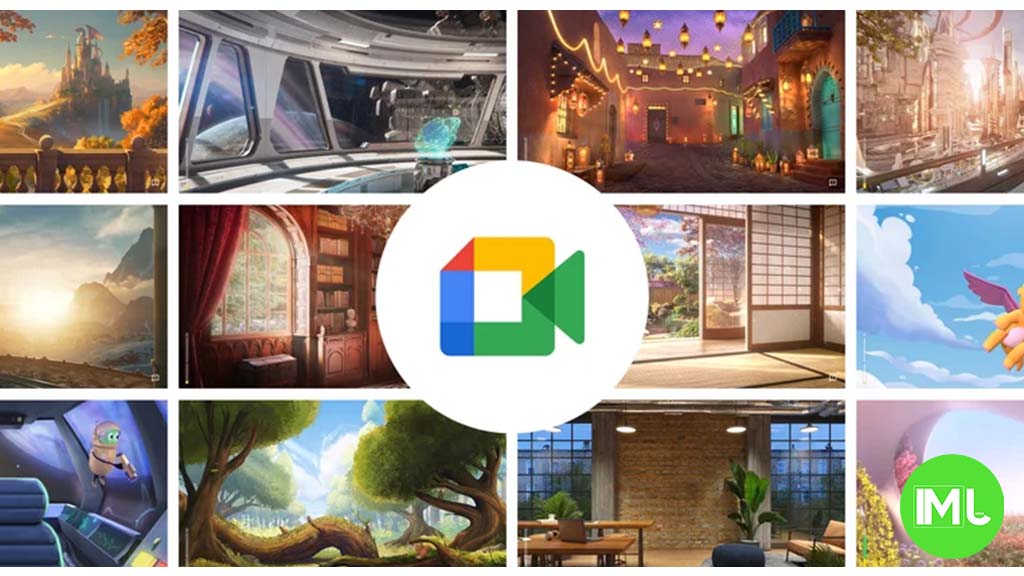
Google Meet is getting a big update to its look, thanks to the new Material 3 design. This change brings a cleaner and more modern style to the video calling app, making it easier and more enjoyable to use.
With Material 3, Google Meet now has rounder buttons, softer colors, and better spacing between elements. The main controls, like the microphone, camera, and end call buttons, are now larger and easier to tap. The icons and text are also clearer, which helps users find what they need quickly during a call.
Another improvement is the new “expressive” color system. This feature lets the app’s colors match your device’s wallpaper or theme, giving each user a unique and personalized experience. The changes also make Google Meet more accessible, as the new design is easier to read and use for everyone, including people with vision difficulties.
These updates are rolling out to both web and mobile versions of Google Meet. Google says the new look will help people feel more comfortable and focused during their meetings. Overall, the Material 3 update makes Google Meet not only look better but also work better for all its users.
Android
Easy ways to change Android Auto’s look with light and dark themes
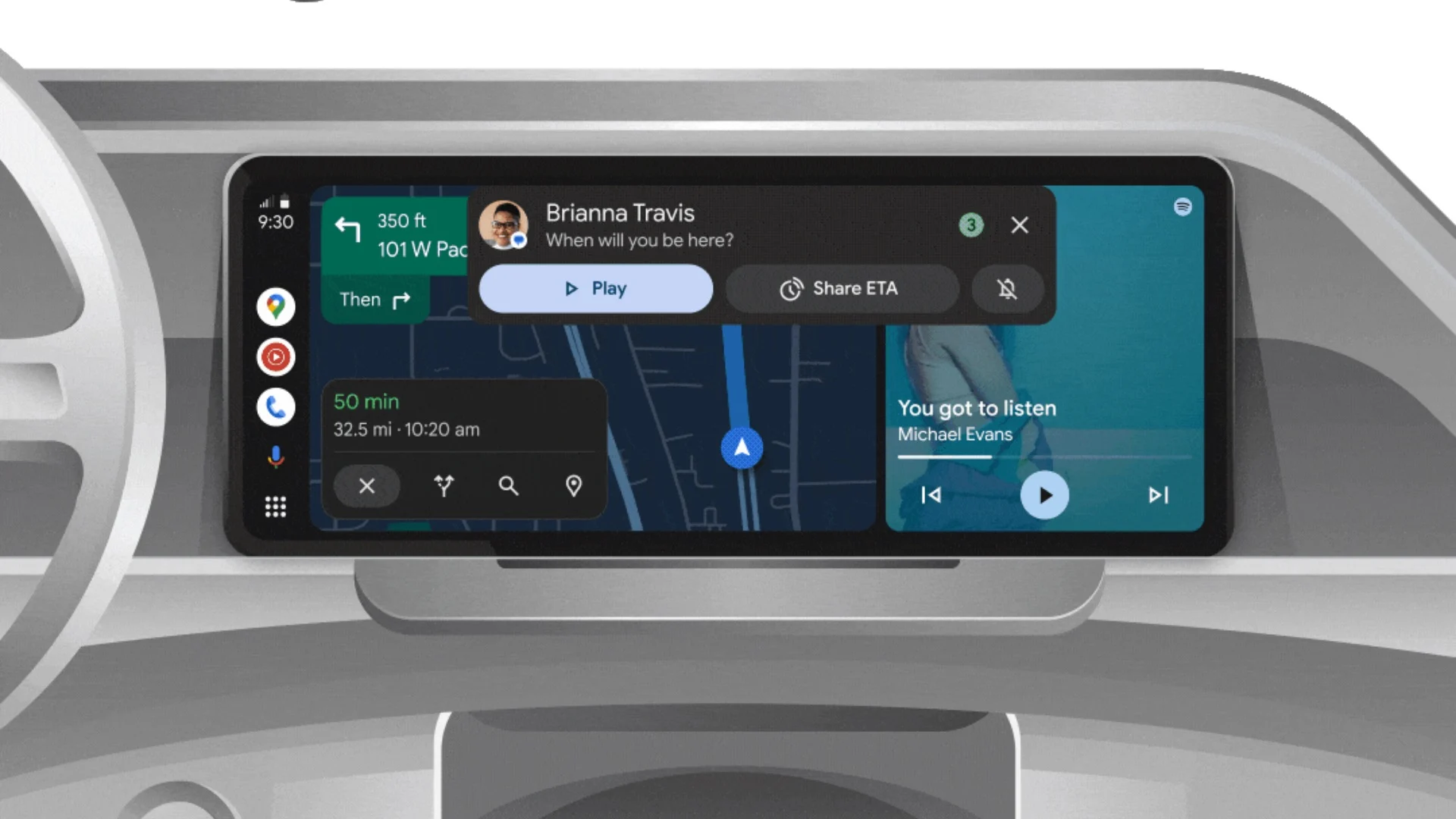
Android Auto is a helpful tool that lets you use your phone’s apps safely while driving. It connects your phone to your car’s screen, making it easier to use maps, music, and calls. One of the features many people like is the ability to change how Android Auto looks by switching between light and dark themes.
How to switch between light and dark themes
Android Auto offers two main themes: light and dark. The light theme uses brighter colors, which can make the screen easier to see during the day. The dark theme uses darker colors, which can be more comfortable for your eyes at night or in low light.
To change the theme, follow these steps:
- Open the Android Auto app on your phone.
- Go to the settings menu.
- Find the “Theme” option.
- Choose between “Light,” “Dark,” or “Set by car” (this lets your car decide the theme based on the time of day or your car’s settings).
Why themes matter
Using the right theme can make driving safer and more comfortable. The light theme is good for bright days, while the dark theme helps reduce glare at night. Having these options means you can pick what works best for you, making Android Auto easier to use in any condition.
In short, Android Auto’s theme options are simple to use and help you drive more safely by making the screen easy to see, no matter the time of day.
Google Drive and Files by Google get fresh updates for easier use
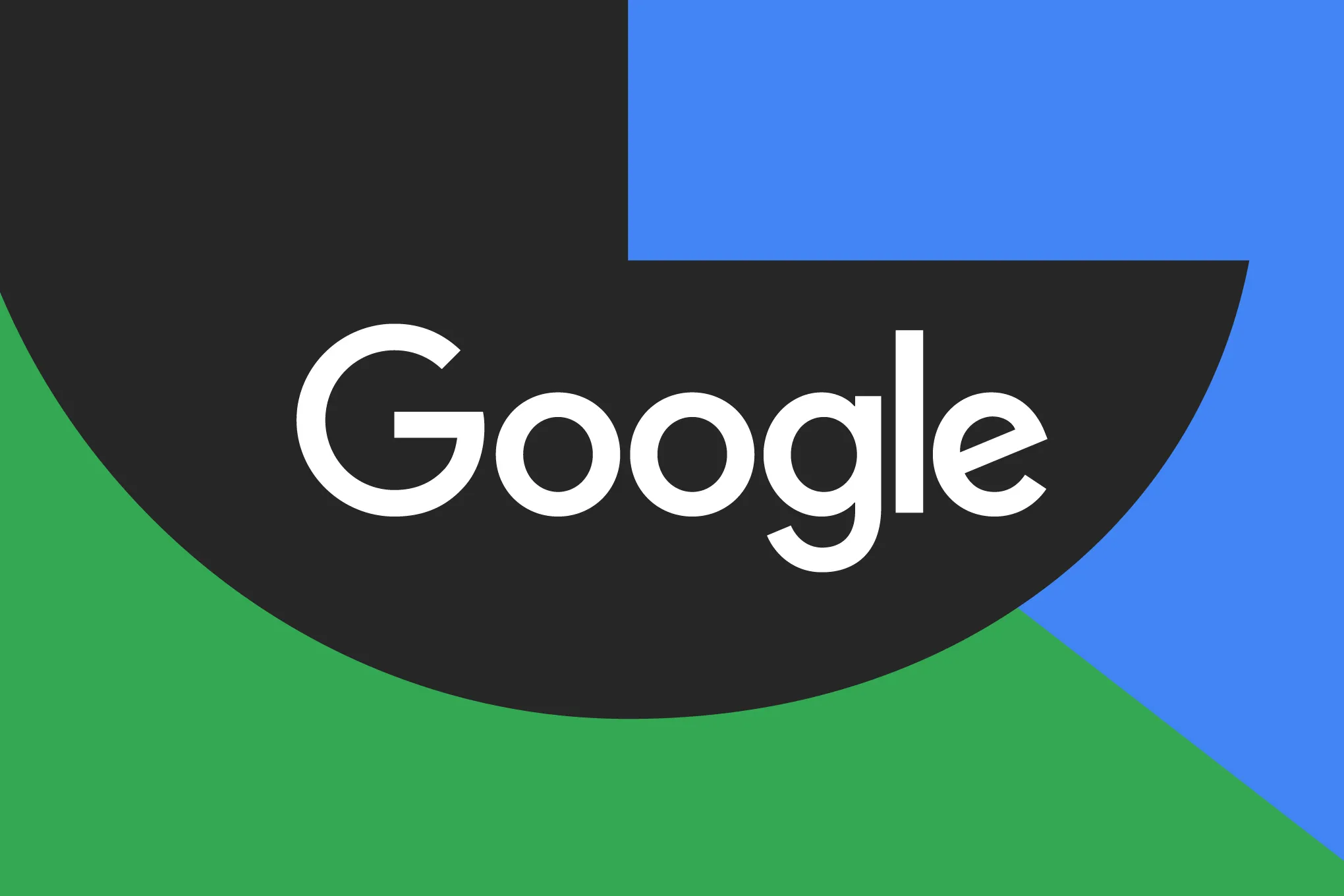
Google is rolling out some helpful updates to two of its popular apps: Google Drive and Files by Google. These changes are designed to make managing your files and watching videos much smoother.
First, Google Drive is getting a new video player. Now, when you upload a video to Drive and open it, you’ll notice a fresh look that matches Google’s latest design style. The controls, like play and pause, are easier to use and look cleaner. This update makes it simpler to watch videos directly in Drive without needing to download them first.
Meanwhile, the Files by Google app is also getting a makeover. The app is adopting Google’s Material 3 design, which means it looks brighter and more modern. The buttons and menus are easier to see and use, making it simpler to find, move, and organize your files. There are also new color options and improved icons, so everything feels more user-friendly.
Both updates show Google’s commitment to making its apps more helpful and enjoyable to use. Whether you’re watching videos in Drive or sorting files on your phone, these changes aim to save you time and make things less complicated. If you use these apps, keep an eye out for these new features—they should arrive soon!
-
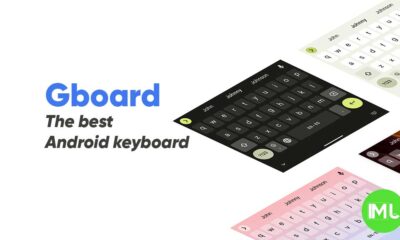
 Apps1 year ago
Apps1 year agoGboard Proofread feature will support selected text
-
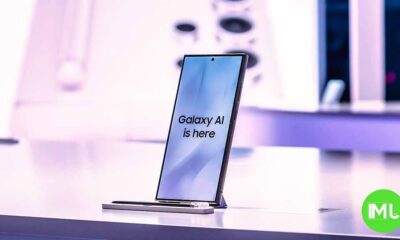
 News1 year ago
News1 year agoSamsung USA crafting One UI 6.1.1
-

 Apps1 year ago
Apps1 year agoGoogle Contacts app testing new Besties Widget
-
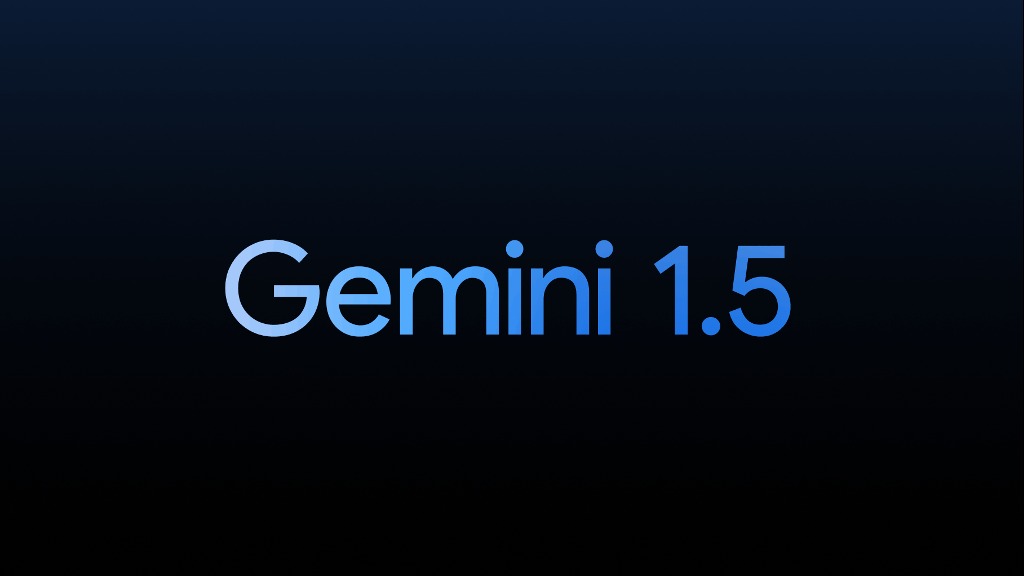
 AI12 months ago
AI12 months agoGoogle Pixel 9 Pro may come with a complimentary one-year Gemini Advanced subscription
-
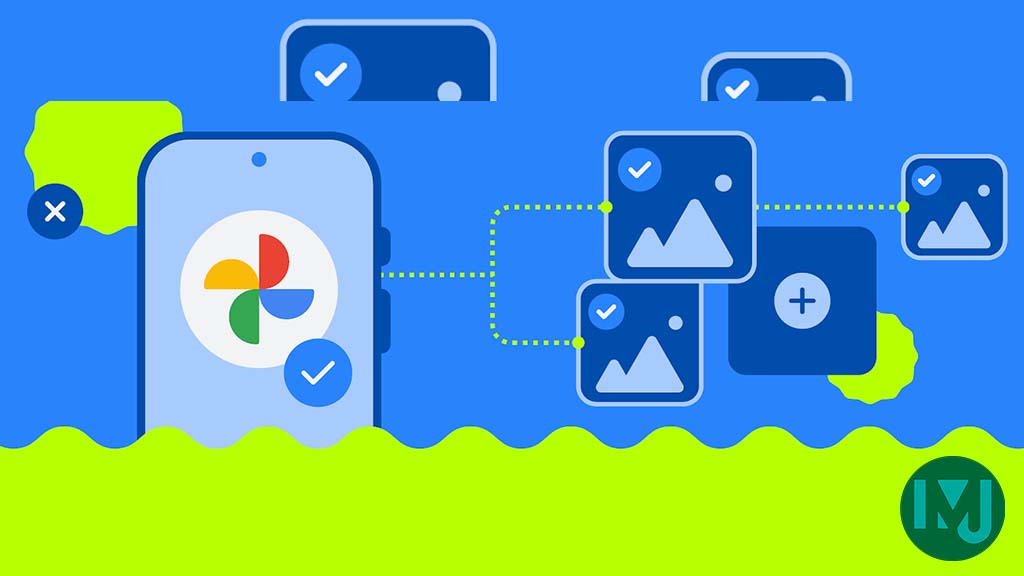
 Apps12 months ago
Apps12 months agoGoogle working on a new video editing feature for its Photo app
-
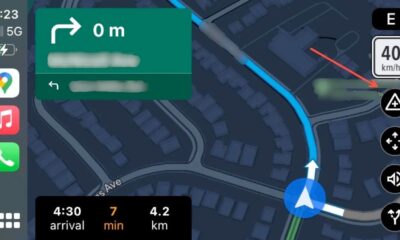
 Apps12 months ago
Apps12 months agoGoogle Maps lets you report traffic jams and accidents on Apple CarPlay, but not on Android Auto
-
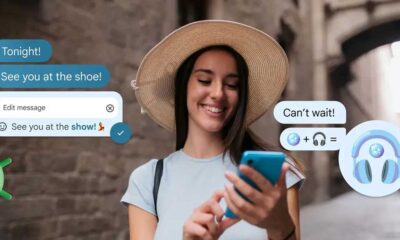
 Apps1 year ago
Apps1 year agoGoogle Messages app will transform MMS chats into RCS
-

 News1 year ago
News1 year agoBreaking: Samsung Galaxy S22 may get Galaxy AI features

